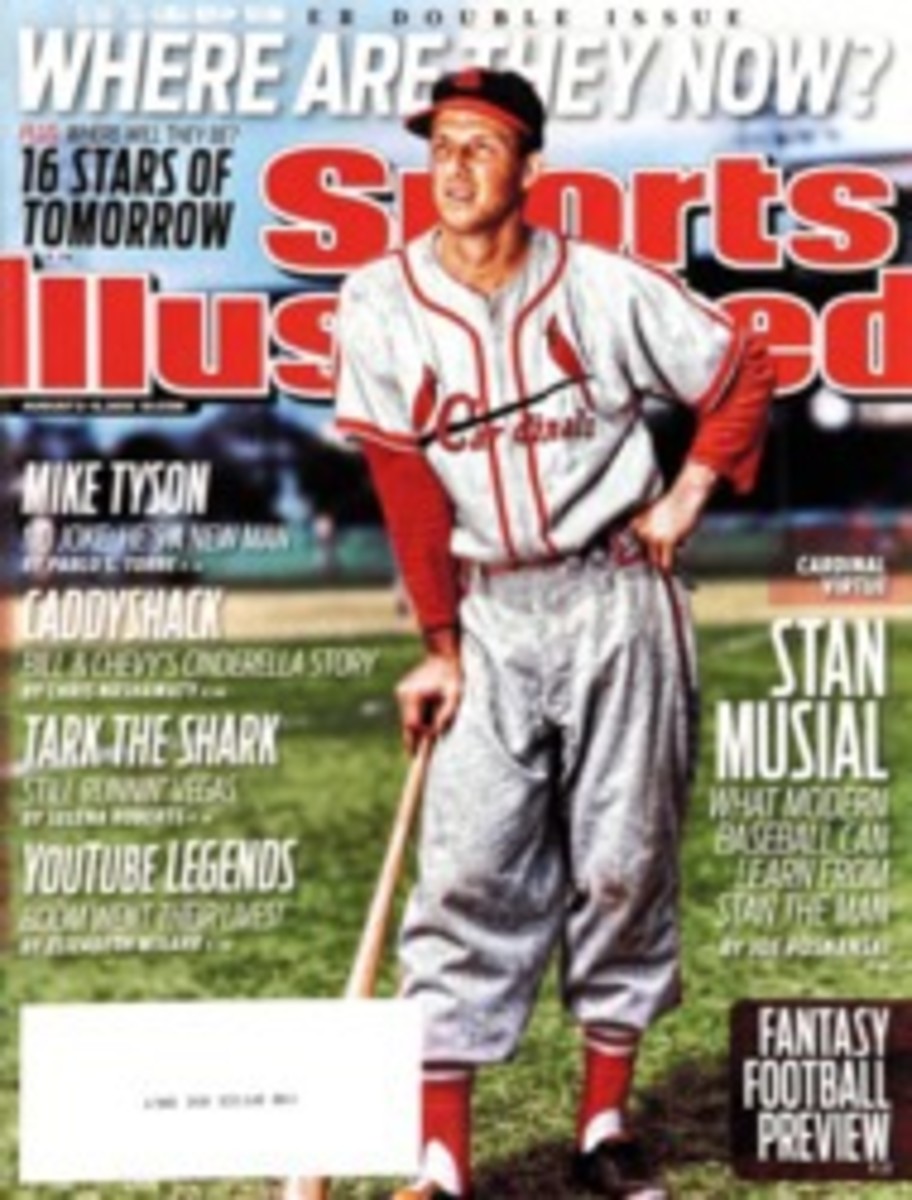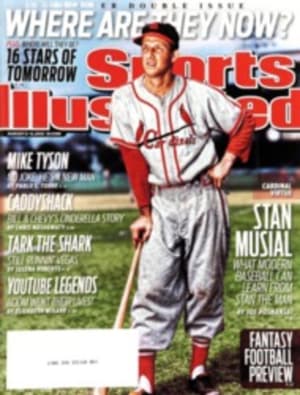
Richard Steele
On March 17, 1990, when Meldrick Taylor, the 23-year-old U.S. Olympic 126-pound gold medal winner at the 1984 Games, took on undefeated super lightweight champion Julio César Chàvez of Mexico, who at 27 had run up a 68--0 record (with 55 knockouts), most experts expected to see the fight of the decade. And for 35 minutes and 58 seconds the bout lived up to its billing.
Meeting in a ring at the Las Vegas Hilton, Taylor and Chàvez pounded each other through 11 rounds, at which point Taylor led by 107--102 and 108--101 on two of the judges' scorecards and trailed by just 105--104 on the third. To take Chàvez's belt, Taylor needed only to survive the 12th and final round. Then, with 25 seconds left, Chàvez landed a series of thudding shots that sent Taylor sprawling in a neutral corner. Slowly, dizzily, Taylor got to his feet and stood dazed in front of referee Richard Steele, who twice asked, "Are you O.K.?" When Taylor didn't respond, Steele waved the bout to a shocking end—with two seconds left.
"I went through hell afterward," recalls Steele, who was vilified in the press. "People were calling my house and writing me letters for weeks." All despite the fact that Taylor was hospitalized following the fight and received a transfusion to replace the two pints of blood he'd lost during the bout. Tests also revealed a fracture behind Taylor's left eye which, he later admitted, had rendered him unable to see from the third round on.
For Steele, the wisdom to stop that fight came from years of experience as the third man in the ring with such legends as Marvin Hagler, Sugar Ray Leonard and Thomas Hearns. He still holds the record for the most world title fights refereed, with 172 over 34 years. Yet none of that prevented Taylor-Chàvez from going down among boxing's most controversial finishes, and Steele is still known worldwide as the ref who called the fight of the decade with two seconds left. But he wouldn't change it even if he could. "It took a long time for people to understand what really took place," Steele says now. "When Taylor went down from that crushing right hand, there was no life left in him. Everything was gone. People said I could have just let it go. But I have to call it like it is at the time. Time makes no difference. You have to be willing to take the heat when you do the right thing."
Steele continued to work major fights until his retirement in 2006. Today he lives in Henderson, Nev., 15 miles outside Las Vegas, with his wife of 29 years, Gladys. (His four children are all grown.) Steele devotes much of his time to promoting MMA fights in Frisco, Texas, through his company Steele Cage. The next show, on Aug. 6, will feature an appearance by Chuck Liddell.
"MMA is the tomorrow," Steele says of the venture. "Look at our Olympic [boxing] team. I'm 66 years old, and I can't remember when we didn't medal or have any good Olympic boxers. That alone showed the world where our kids are leaning."
Steele hasn't given up completely on the sweet science. He also manages the nonprofit Richard Steele Boxing Club in Las Vegas, a 4,200-square-foot space where 250 troubled youths, ages eight to 25, train for boxing and enjoy tutoring and wellness programs. As always, it seems, Steele is looking out for the welfare of the fighter.
PHOTO
JOHN IACONO (FIGHT)
FAMILIAR RING Steele, who stepped in to save Taylor in '90 (left), works with young boxers these days while also promoting his own MMA cards.
PHOTO
ROBERT BECK (STEELE)
[See caption above]
PHOTO
BRUCE BENNETT/GETTY IMAGES (SIGNS)

